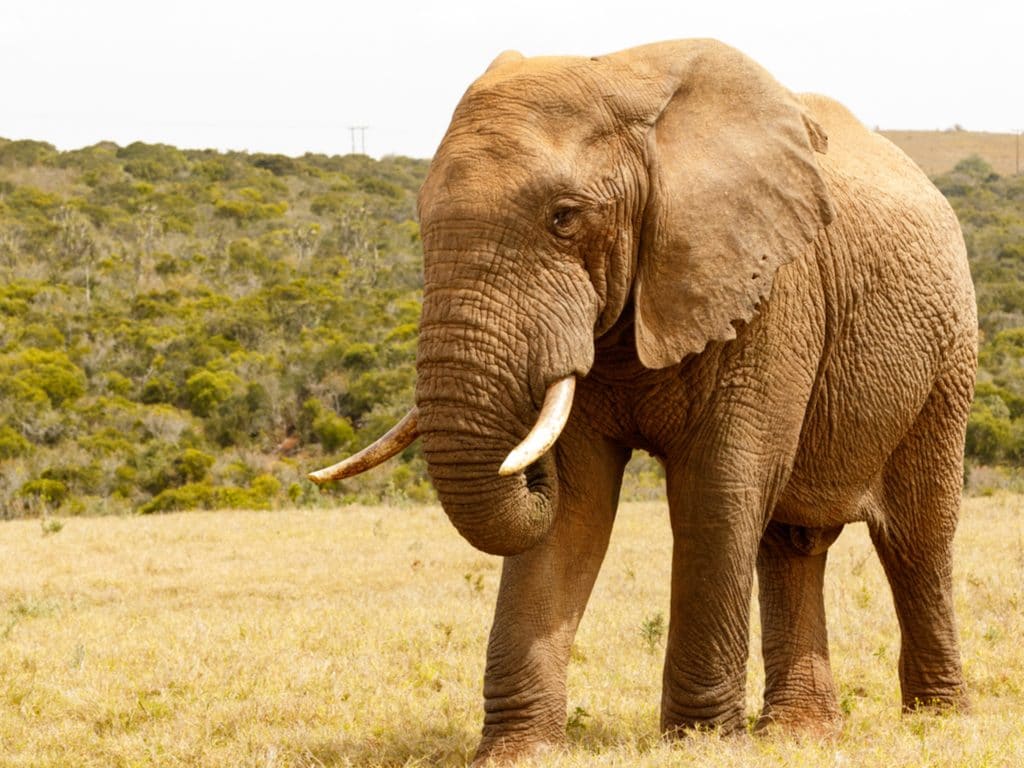The decline of elephant populations in Africa is an established fact. Between 2007 and 2014, these pachyderms lost 36% of their population, according to the International Union for Conservation of Nature (IUCN). The cause of this tragic loss is poaching, a phenomenon that affects several African countries. One of the solutions envisaged, to fill the void created by hunters, is the reintroduction of endangered species, with a view to ensuring their protection and thus balancing biodiversity.
This is the path chosen by Mozambique, and more precisely the Zinave National Park in the south of the country. The country’s elephant population has been decimated during decades of civil war. With the return of peace, better governance and security of wildlife populations could be restored in a number of national parks and reserves.
Zinave will thus be repopulated with elephants, transferred from the north of South Africa. 200 elephants will cover more than 1 500 km in an operation led by De Beers Group, a South African diamond conglomerate, in partnership with Peace Parks Foundation, an organisation involved in the protection of cross-border biodiversity.
A task that requires experience
The death of 10 rhinos after a transfer last month from South Africa to Kenya is still in everyone’s mind. These animals died “after drinking very salty water”. So, before starting the process that began on August 8, 2018, several teams of experts conducted in-depth studies in Zinave National Park.
For transfer, helicopters are first used to direct elephant herds to a catch area so that they can be lifted from the air. The elephant legs are thus bound by strong and flexible ties capable of supporting several tons. A crane attached to the loading trucks then lifts each animal and gently lowers it into crates. The elephants remain immobilised, since they are asleep and will only be woken up before the beginning of a long journey of 1500 km in trucks, towards their new homes.
For this operation, De Beers Group has put a lot of resources into play, as we are informed from this conglomerate, without further details… The diamond company receives technical support from Peace Parks Foundation. Such a big transfer has already taken place on the African continent, and with success. In 1991, the Madikwe reserve in northern South Africa (on the border with Botswana, editor’s note) was the subject of an animal transfer. Eight thousand mammals of 28 different species (including elephants) had already been transferred at that time.
Jean Marie Takouleu
